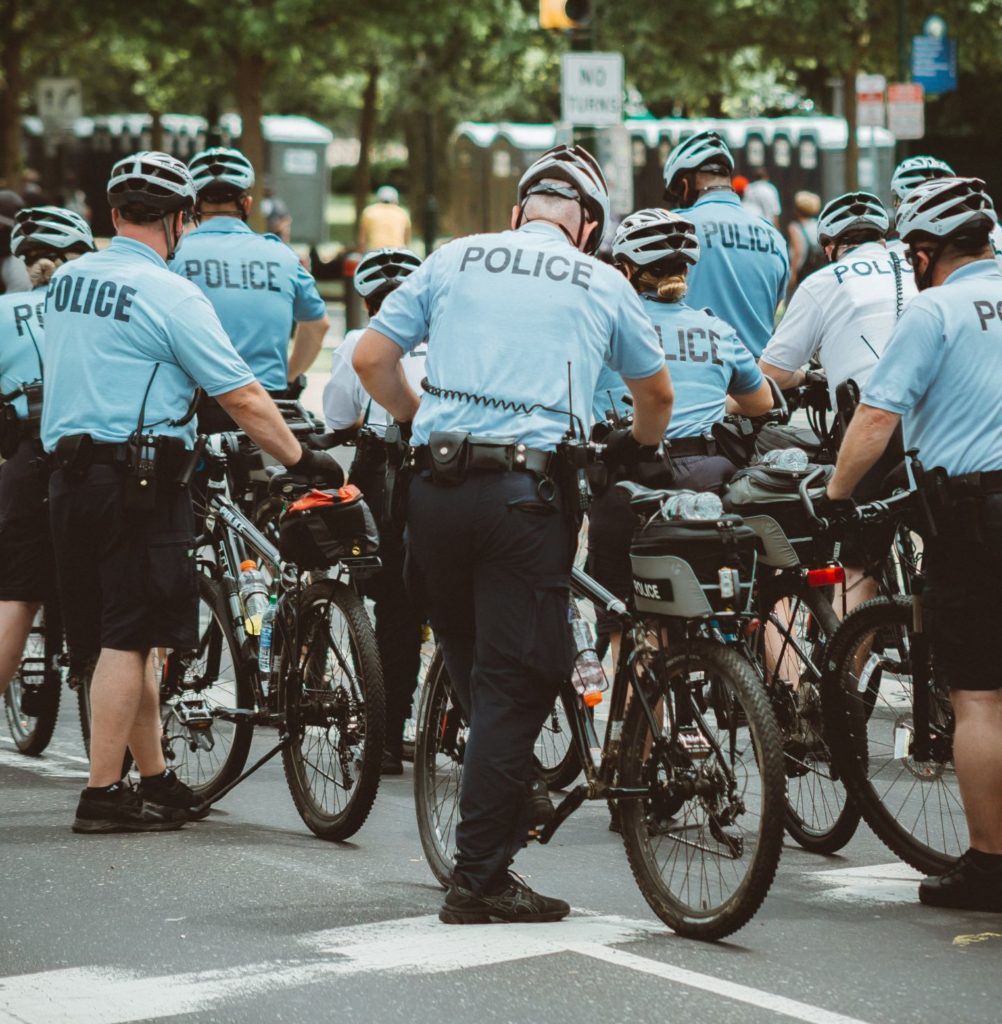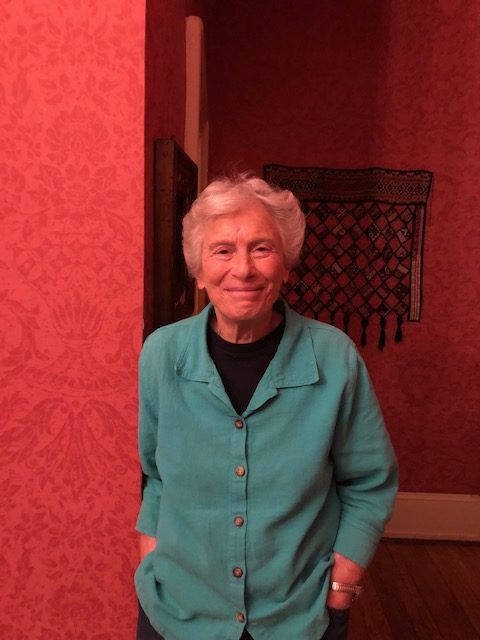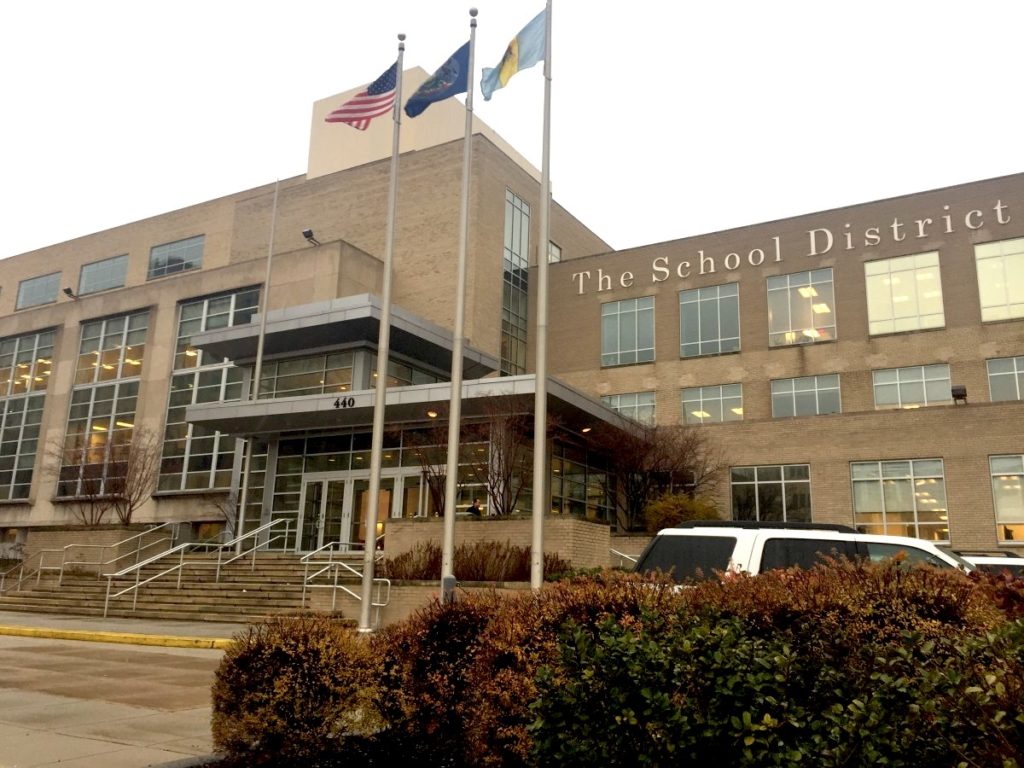Meeting the moment: An opportunity for philanthropy to think big
 April 28, 2021
Category: Featured, Long, Purpose
April 28, 2021
Category: Featured, Long, Purpose
Disclosures
This guest column was written by Debbie Weiner, a retired education policy analyst, who has served as adviser to the PA Department of Education, the Philadelphia School District, the University of Pennsylvania, Temple University and Community College of Philadelphia, as well as a consultant to the Ford Foundation.Editor’s note: We often ask our daily newsletter subscribers what their thoughts are on everything from workplace culture to the dynamics of power within the nonprofit and social impact sector. One of our subscribers, Debbie Weiner, sent us a great response to one of our questions — a response which deserved to be more fully explored in a guest column. To our delight, she agreed to write one for us. We love when this interaction with our community introduces us to thoughtful and valuable new (to us) voices!
In contemplating the post COVID state of the City, many activists and advocates are looking to philanthropy to support “building back better.”
The low-hanging fruit of that effort would be for foundations to change their internal spending to support more minority enterprises from office suppliers to program consultants to investment advisers. These are worthy endeavors underscoring the belief that “justice begins at home.”
But its most enduring contribution would be for philanthropy to serve as the catalyst to transform our most beleaguered public institutions.
City government and the School District continue to carry the same systemic impediments that have constrained their effectiveness for decades: frustrated employees, redundant and unnecessary processes, inadequate technology, leadership turnover, inability to respond quickly to constituents, crumbling infrastructure, to name but a few.
We don’t need tweaks, we need transformation.
Foundation grants here and there have rarely if ever tackled huge systemic challenges. And while doubling or even tripling foundation investment will never substitute for more equitable federal, state and local funding, philanthropy should seize this post-pandemic moment to think big about how to increase equity and effectiveness in the delivery of public services.
We don’t need tweaks, we need transformation. And Philadelphia’s regional philanthropic community, whose assets totaled $15 billion in 2017, could help to trigger that transformation in two of the most consequential arenas of government: public education and policing. Both have received constant attention but little if any reinvention for decades.
Transforming the organizational structure of public education
A system long acknowledged to be too big — 120,00 students, almost 22,000 employees, and 220 schools — and too unwieldy for such a demographically diverse and geographically far-flung city, the School District of Philadelphia has struggled with only modest success to bring decision-making closer to the communities where its students reside while furthering equity and advancing their academic success.
Could we transfer most decision-making to regions (corresponding to the geography of City health services districts, for example) to bring educational decisions closer to the communities the schools serve and to provide a variety of school themes or curricular options (arts, STEM, business, community services, etc.) in response to student interests and needs, like those which have driven many families to themed charter schools?
Could a small central office allocate funds to the regions and prescribe district-wide expected outcomes, leaving other governance and management decisions to regional boards and superintendents, thus bringing decision-making closer to families and communities AND resulting in more equitable schools?
The philanthropic role in serving as the catalyst for this transformation would be:
- to commission a study of similar efforts in other big city school systems in consultation with representatives of the Board of Education, the Superintendent, teacher and principal unions, the employer and higher education communities and community-based parent organizations;
- to convene the key parties in consultation with District and City leadership and experts from other cities to develop an implementation plan and timetable and forge consensus on metrics for assessing success and assigning accountability;
- to oversee with the Board of Education the piloting of the new structure in one or more regions of the District;
- to evaluate its successes and needs for improvement before being replicated citywide. This is a long-term effort that will not lead to improvements overnight, but is surely worth investigating.
Reinventing policing

The debate about police accountability has been in the forefront of civic awareness in Philadelphia for decades. (Photo by Chris Henry on Unsplash)
The spate of recent police killings of Black citizens in Philadelphia and around the nation has sharpened awareness of police abuse and demands for its ending. And the debate about police accountability has been in the forefront of civic awareness in Philadelphia for decades, even long before and after the ascent of then-Police Commissioner Frank Rizzo to Mayor.
What seems different today is the growing belief that many current police officers are fundamentally unfit for the job, a situation that all the training in the world cannot overcome.
So why don’t we begin at the beginning with who enters the police force, jettisoning the conventional requirements and debates (residency or no residency, college credits or high school diploma) and use philanthropic support to bring together the best minds from around the world to identify the qualifications which will lead to the hiring of officers able to “protect and serve” free of excessive use of force and harassment?
Starting by re-staffing a single police district with incumbents from across the city who meet the new officer profile and hiring and training new recruits based on that profile, the Police Department would be in a position to adjust the profile as needed before replicating it citywide over a period of years, attracting to the ranks applicants who would otherwise be unwilling to serve in a system long perceived as culturally incompetent. The foundation funders could monitor implementation in concert with the current police oversight body to ensure on-going commitment.
Conclusion
If foundations were willing to double or triple the percentage of their assets that they currently award in grants, transformations like those described above could receive the level of support that already inadequate public funding simply cannot provide. For foundations, the choice is to continue investing 5% of assets in worthwhile but marginal improvements to fundamentally flawed systems OR investing 10-15% of assets in remaking those systems. Are bigger investments worth the risk that the foundations may not be able to exist in perpetuity?
I think the historically white philanthropic sector has shied away from deep engagement in challenging the status quo in a largely minority city to avoid the accusation that ”He who pays the piper calls the tune.” As a result, many of the programs it funds disappear when the grant dollars end and its investments, however sizable, rarely lead to system change that would promote equity and systemwide effectiveness. Philanthropy needs to become a partner in sustainable transformation, rather than short-term amelioration.
While transformation could happen by government actors alone, the fact is that it has not happened.
Philanthropy could play a leadership role with government, business and nonprofits in reimagining how we as a community can provide the greatest good to the greatest numbers, whether we’re addressing school failure, police abuse, health disparities, child abuse, homelessness, hunger, arts, the environment, college access, mental health, unemployment, foster care, juvenile justice, college affordability, or prison reform.
While transformation could happen by government actors alone, the fact is that it has not happened. Transformation can happen if philanthropy has equally ambitious and committed grantees in leadership roles inside those government agencies.
The big question should be: how do we spread and sustain the successful large-scale practices that grant funding supports so they can replace the status quo and transform systems?
Trending News











